
Moving to a new home is exciting – but let’s be honest, it can also feel overwhelming. If you’re gearing up for a move, I’m here to help with some friendly packing tips for moving.
Think of this as advice from a good friend who’s been there, done that, and wants to share valuable packing and moving tips to make your relocation smoother.
We’ll cover everything from starting early to those small hacks that make a big difference. By the end, you’ll have a game plan to tackle packing without losing your mind (or your favorite coffee mug).
Let’s dive in!
Packing Tips for Moving – A Quick Checklist
(Complete Overview)
| Task | Why It Matters | Pro Tip |
|---|---|---|
| Start early | Packing takes longer than expected | Begin 6 weeks before |
| Declutter | Less to move, lower costs | Sell/donate unused items |
| Gather supplies | Prevent last-minute stress | Use eco-friendly materials |
| Pack room by room | Stay organized | Begin with least-used rooms |
| Label boxes | Easier unpacking | Room + contents |
| Protect fragile items | Prevent damage | Bubble wrap, linens |
| Essentials box | First night comfort | Toiletries, snacks, chargers |
1. Start Early and Plan Ahead
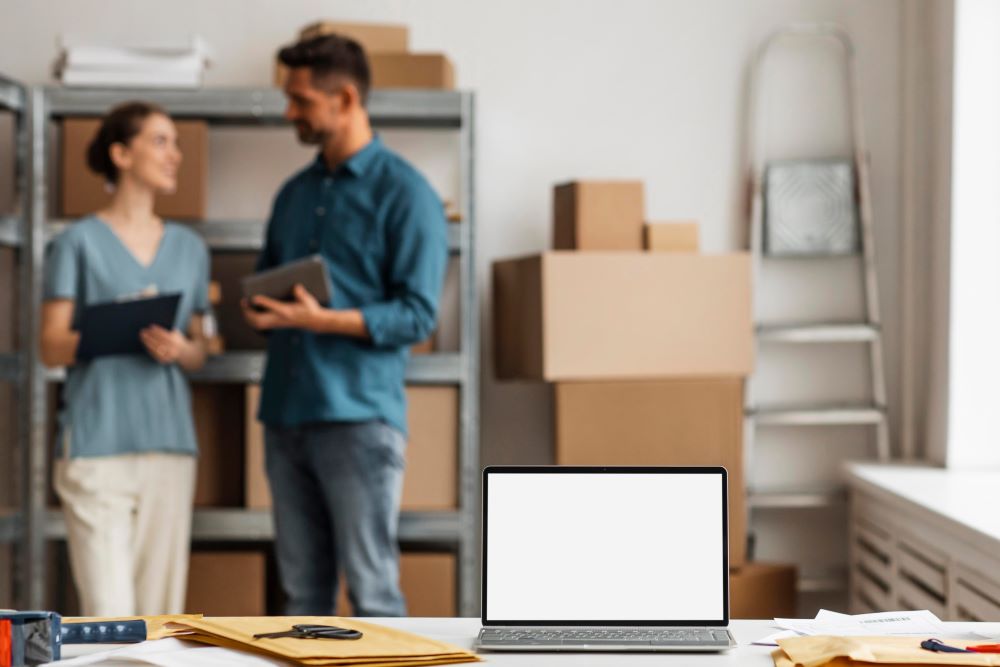
I know you’ve probably heard this one before, but starting early truly is key to a smooth relocation.
Trust me, packing always takes more time than you think.
Begin planning your move as soon as you know you’ll be relocating – even if it’s months away.
Ideally, start packing six weeks before the move to allow adequate time for organization and sorting.
Here are some friendly suggestions to get ahead:
- Make a Moving Checklist: Write down everything you need to do, from buying packing supplies to notifying the utility companies. There are great moving apps and online tools like Australia Post’s moving house checklist that can help you stay organized. (Think of it like your personal moving coach that lives in your phone.)
- Set Mini-Deadlines: Break your packing into mini-goals. For example, “pack the guest room by Tuesday” or “sort out the garage this weekend.” Little by little, you’ll chip away at the mountain of tasks, and it won’t feel so daunting.
- Book Services in Advance: If you plan to hire movers or a moving truck, try to reserve them early. Moving services get busy, especially during summer or end-of-month crunches. By booking ahead, you can secure your preferred dates and maybe even snag a better deal.
Starting early means less last-minute stress. Future you will be so grateful you did this!
2. Declutter and Downsize Before Packing
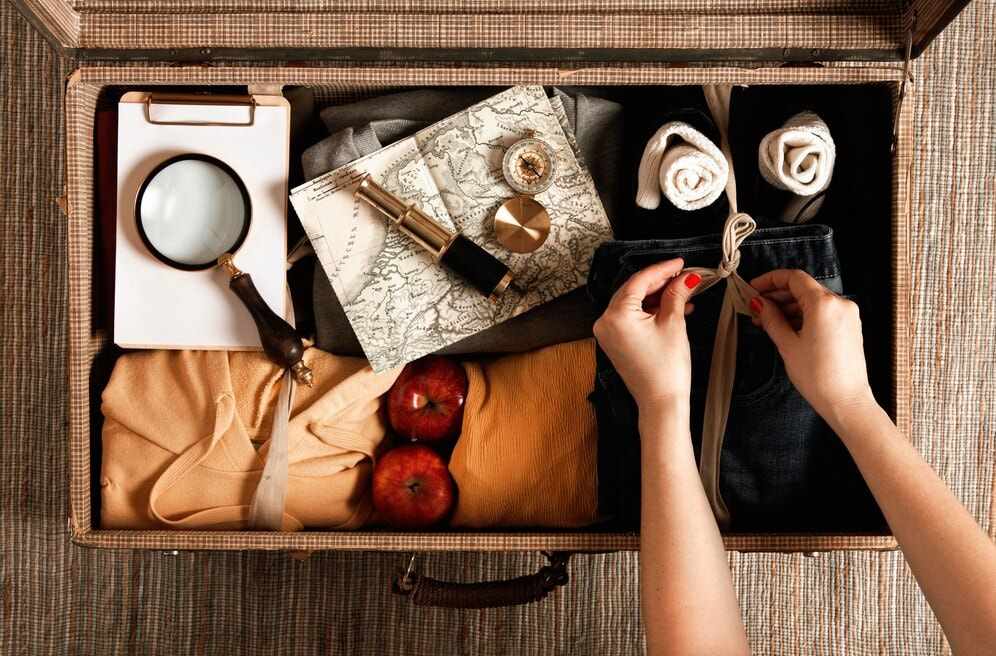
Before you put even one item in a box, take some time to declutter your home. Moving is the perfect opportunity to lighten your load. Why pack and move things you don’t really want or need? Approach each room as follows:
- Sort Your Stuff: Go through closets, drawers, and the garage. Make three piles (or grab three boxes) labeled “Keep,” “Donate/Sell,” and “Trash.” Be honest with yourself about what you actually use or love. That waffle maker you haven’t touched in three years? It might be time to pass it on.
- Donate or Sell Items: For any gently-used items, consider donating them to local charity platforms like GiveNow or selling them online. There are plenty of online marketplaces and community groups in 2025 where you can list furniture, clothes, or appliances you no longer need. Not only will this find your items a new home, but it also means fewer things to pack (and perhaps a little extra cash in your pocket from sales).
- Recycle and Dispose Responsibly: For broken or unusable items, dispose of them properly. Recycle electronics, shred old paperwork you don’t need, and take hazardous materials (like old paint cans) to proper disposal facilities. For more information on where to recycle specific items, visit Recycling Near You to find local facilities and guidelines. You’ll feel lighter and ready to pack only the things that truly matter.
By decluttering first, you’ll save time packing and unpacking. For a complete moving house guide, check our step-by-step resource. Plus, your new home will be clutter-free from day one.
3. Gather Your Packing Supplies (Sustainably if Possible)
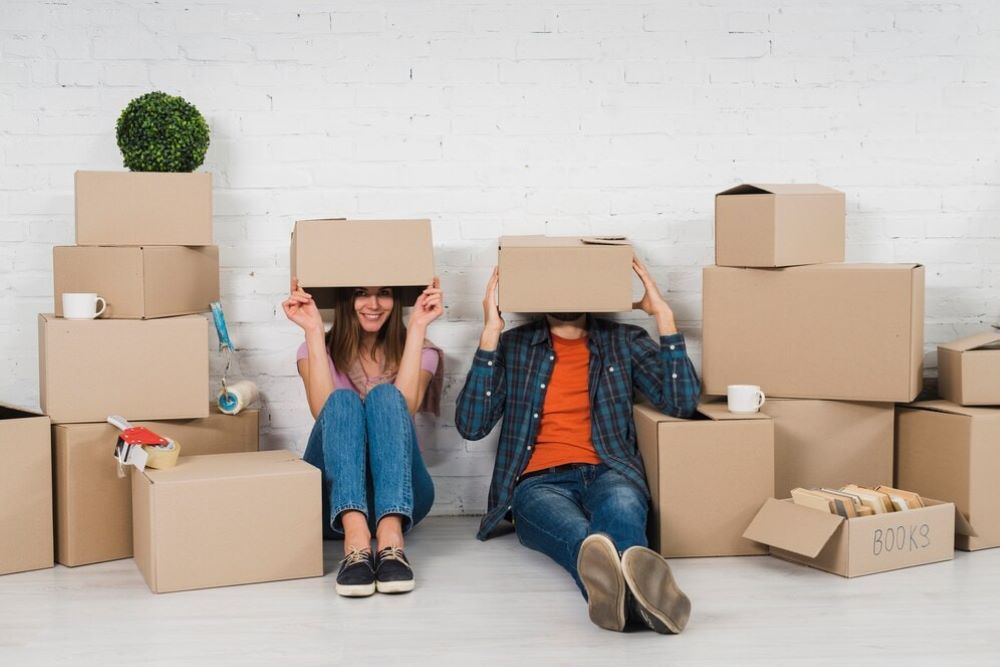
Having the right packing supplies on hand is essential for a smooth move.
Here’s how to prepare:
- Collect Boxes: Gather boxes of various sizes. Check local stores for free options or ask friends for extras.
- Choose Sturdy Materials: Use strong packing tape, bubble wrap, and markers. Opt for biodegradable packing peanuts and eco-friendly materials if possible. For more information on sustainable packing options and reducing your environmental impact, you can visit the Australian Packaging Covenant Organisation’s website here.
- Repurpose Household Items: Use linens, towels, and blankets to wrap fragile items. Socks can cushion glassware, and suitcases can hold books.
- Specialty Supplies: Consider dish pack boxes for kitchen items and wardrobe boxes for clothes. These can simplify packing and protect items.
Being prepared with supplies ensures a seamless packing process without interruptions.
4. Pack Smart: One Room at a Time
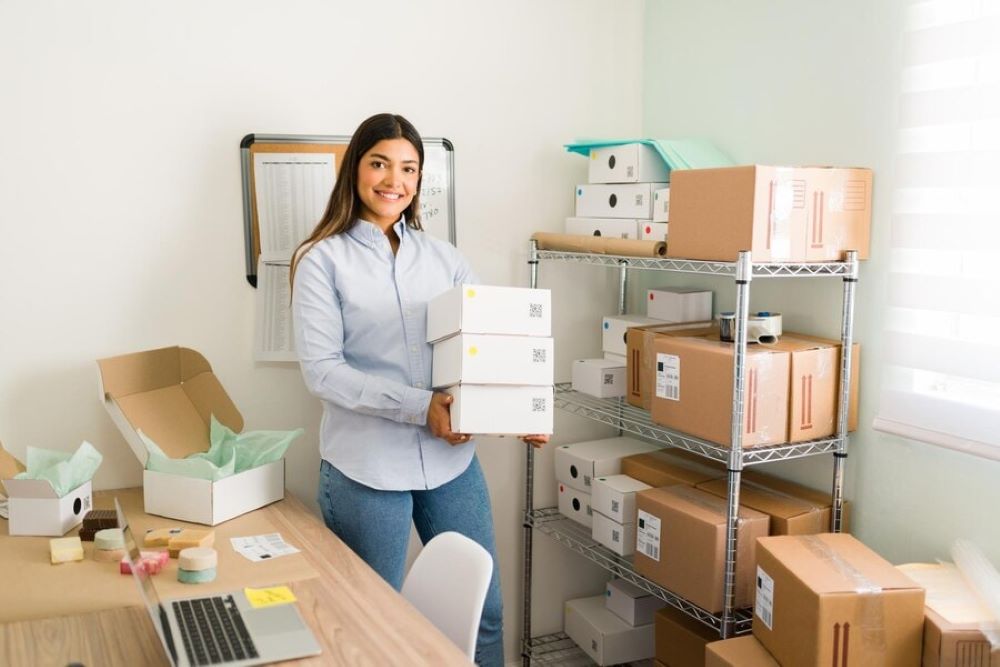
When packing for a move, focus on one room at a time to stay organized and simplify unpacking.
Here’s how to do it efficiently:
- Begin with Less-Used Rooms: Start with rooms like the guest room or basement. Packing these first minimizes disruption to daily life.
- Room-Specific Boxes: Keep items from the same room together and label each box with the room name (e.g., “Kitchen”). This ensures easy placement in your new home.
- Heavy Items in Small Boxes: Pack heavy items, such as books, in smaller boxes for easier handling. Use larger boxes for lighter items like pillows.
- Maximize Space: Use the “Russian Doll” method by placing smaller items inside larger ones, like putting spices in a soup pot. This saves space and reduces the number of boxes needed.
- Balance Boxes: Pack heavier items at the bottom of boxes and lighter items on top for better balance.
Packing room by room creates an organized unpacking roadmap, making setting up your new home easier.
5. Label Boxes Clearly (And Consider a Little Tech)
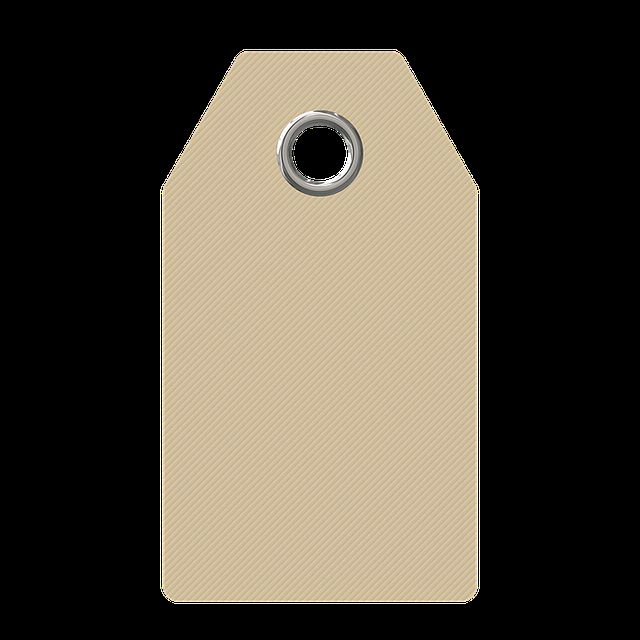
Properly labeling boxes is essential for an organized move.
Avoid the chaos of unmarked boxes by following these tips:
- Be Specific: Label boxes with the room name and key contents, like “Kitchen – pots and pans” or “Bedroom – shoes and belts.” This helps you find items quickly without listing everything.
- Mark Fragile Items: Clearly label breakable boxes as “Fragile” and indicate “This Side Up” if needed. This ensures careful handling by movers.
- Color-Code or Number: Use colored stickers or numbers for each room. Keep a list of box contents for easy reference. This is optional but helpful for those who love organization. Color coding can make identifying which room boxes belong to much easier during unpacking.
- Tech Option – QR Codes or Apps: Use apps that generate QR codes for boxes, allowing you to inventory contents digitally. This can simplify unpacking if you enjoy tech solutions. For example, BOXORGANIZER is an app designed to make organizing your belongings not only efficient but, dare we say, fun. Otherwise, a simple marker label works perfectly.
Clear labeling saves time later.
Whether you choose traditional or tech methods, make sure everyone knows what’s inside those boxes.
6. Protect Your Fragile Items

Avoid the heartbreak of unpacking broken items by following these key tips for protecting fragile items during your move:
- Wrap Items Individually: Use bubble wrap, packing paper, or soft linens to cushion dishes, glasses, and ceramics. Even T-shirts can serve as padding for smaller breakables.
- Cushion Boxes: Line boxes with crumpled paper or packing peanuts. Ensure items are snugly packed to prevent movement. If items shift when you gently shake the box, add more padding. Fill empty spaces in boxes with clothing, towels, or packing paper to avoid shifting during transit.
- Use Specialty Boxes: Consider dish pack boxes with compartments for dinnerware or foam-insert boxes for electronics. These provide extra protection for delicate items.
- Label Clearly: Mark boxes as “Fragile” and indicate “This Side Up” when necessary. Load these boxes on top of heavier ones in the moving truck. Transport valuable or irreplaceable items in your own vehicle for added safety.
Taking the time to pack fragile items properly with protective materials like plastic grocery bags ll ensure they arrive intact at your new home, saving you from unnecessary stress.
7. Pack an “Open First” Essentials Box
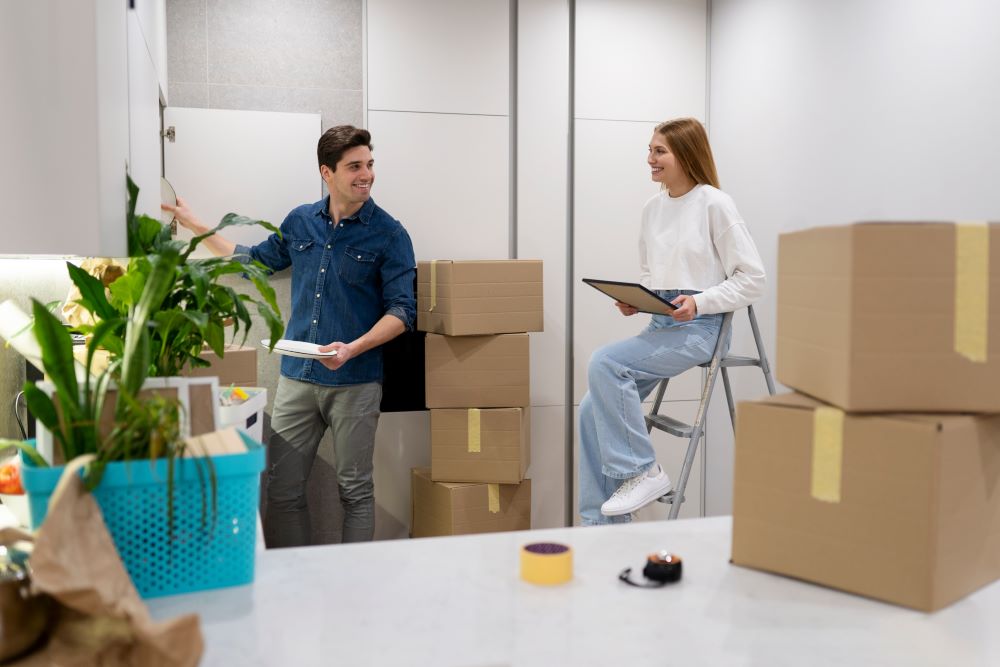
After a long moving day, the last thing you want is to hunt for essentials. Prepare an “open first” box with immediate necessities for a smooth first night. Here’s what to include:
- Daily Needs: Pack toiletries, a change of clothes, pajamas, and any medications. If it fits in an overnight bag, it belongs here. Keep essential items accessible by packing an ‘essentials’ bag for the first days in your new home.
- Basic Kitchen Supplies: Include a few plates, cups, utensils, a frying pan, and a coffee maker. Add snacks and water bottles for quick refreshments.
- Important Documents and Valuables: Place IDs, passports, and essential papers here. Alternatively, keep them in a folder you carry personally.
- Comfort Items: Pack bed sheets, pillows, towels, and a small toolkit for immediate needs. Include a favorite toy or blanket for kids.
Label this box as “OPEN FIRST” or “Essentials.”
Keep it accessible to ensure a comfortable first night without the hassle of searching through boxes.
8. Consider Professional Help (or Enlist Friends)
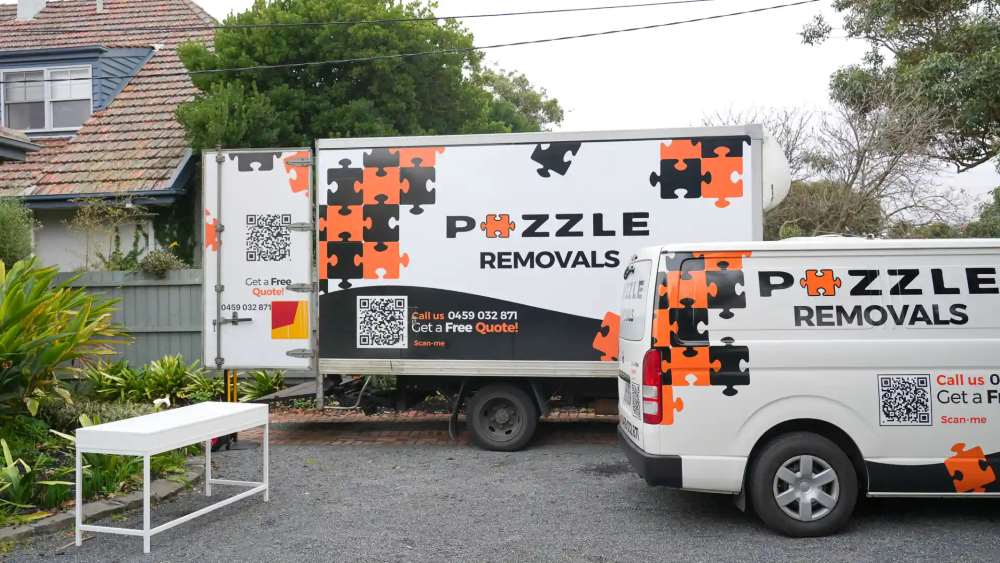
Packing an entire house can be overwhelming, so consider getting help.
Depending on your situation and budget, here are some options to ease the process:
- Hire Professional Packers: Many moving companies offer packing services as an add-on. While it can be costly, it’s worth it if you’re short on time or feeling overwhelmed. Professionals pack efficiently and safely, especially for fragile items or large furniture.
- Ask Friends and Family: If hiring isn’t feasible, enlist friends or family. Turn it into a packing party with music and snacks. More hands make lighter work, and it can even be fun!
- Special Movers for Heavy Items: For very heavy or awkward items, hire professionals for moving day. Read our guide on help moving furniture for safety tips.. They have the equipment and experience to handle large pieces safely without causing damage or injury.
- Virtual Consultations: Some moving companies offer virtual walkthroughs to provide quotes or advice without an in-person visit. This can help you gauge how much assistance you need.
Getting assistance, whether professional or from friends, can make the moving process smoother and more enjoyable.
Teamwork or expert help can significantly reduce stress.
9. Take Care of Moving Day Logistics

Moving day can be hectic, but a bit of planning can make it smoother. Here are some tips to keep in mind:
- Plan Ahead: Wake up early and assign roles for last-minute tasks like packing bedding. If movers are coming, ensure a clear path for them.
- Keep Essentials Handy: Set aside items you’ll transport yourself, like an essentials box, important documents, and valuables.
- Stay Hydrated: Keep water and snacks available. Take breaks to stay energized.
- Final Walk-Through: Check each room for forgotten items after everything is out.
- Use Technology: Prepare a playlist and track the moving truck if available. Some companies offer real-time tracking.
With these steps, you’ll keep moving day under control. Once the truck is loaded, congratulate yourself – the hardest part is nearly over!
10. Unpacking and Settling In (You’re Almost There!)
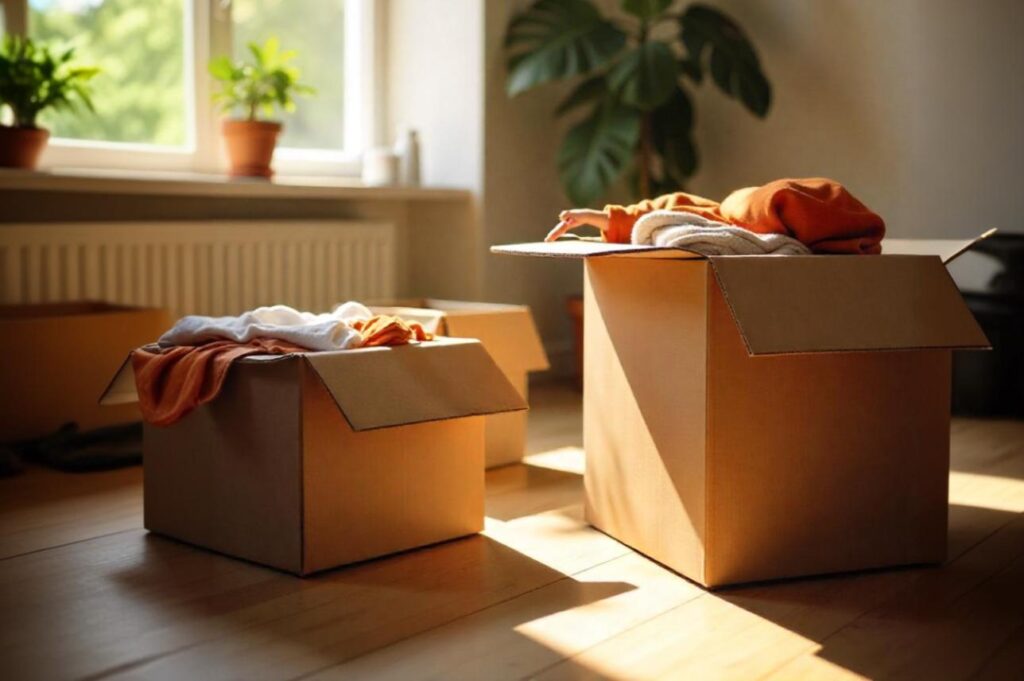
Turning your new place into a home can be enjoyable if you approach it right. There’s no need to rush—take your time. Here’s how to ease into your new space:
- Start with Essentials: Set up your bedroom, bathroom, and kitchen basics first. Make sure your bed is ready, and you have access to a hot shower and essential toiletries. In the kitchen, have enough to prepare a few meals, including your coffee maker.
- Unpack One Room at a Time: Like packing, focus on one room at a time to reduce stress. Prioritize essentials and take your time with decor.
- Arrange Furniture First: Move furniture before unpacking smaller items. Sketch a layout or use painter’s tape to plan placements and save effort.
- Explore Your New Area: Take breaks to walk around your neighborhood, meet new neighbors, or grab a bite. These moments remind you of the exciting new adventure.
- Dispose of Packing Materials: Break down boxes as you unpack. Offer them online or to neighbors for quick removal and a clutter-free home.
Unpacking is the final step. Celebrate each box you empty as progress toward making your new place feel like home.
Best Tips for Moving and Packing
Use suitcases for heavy items.
Tape screws and cords to furniture.
Photograph electronics before unplugging.
Use cling wrap for toiletries.
Pack plates vertically.
Label & Tape Tech Setups for Easy Reassembly

Tape cables to their devices.
Take photos of wiring setups.
Pack remotes and chargers together.
Reuse Everyday Items for Packing

Use garbage bags for hanging clothes.
Pack glasses in socks.
Wrap fragile items in blankets or T-shirts.
Consider Professional Help (or Enlist Friends)

Packing a whole home is overwhelming. Options:
Hire professional packers → efficient and safe.
Ask friends/family → turn it into a packing party.
Use special movers for heavy/awkward items.
Check our full house removalists in Melbourne services for support.
Set an Unpacking Deadline to Avoid Procrastination

Give yourself 2–3 weeks to finish unpacking.
Avoid living in boxes for months.
Celebrate progress as you complete each room.
Clean & Prepare Your New Home Before Unpacking

Wipe down shelves and cupboards before filling them.
Vacuum and mop floors while rooms are empty.
Ensure utilities are working before settling in.
Additional Tips for a Smooth Move
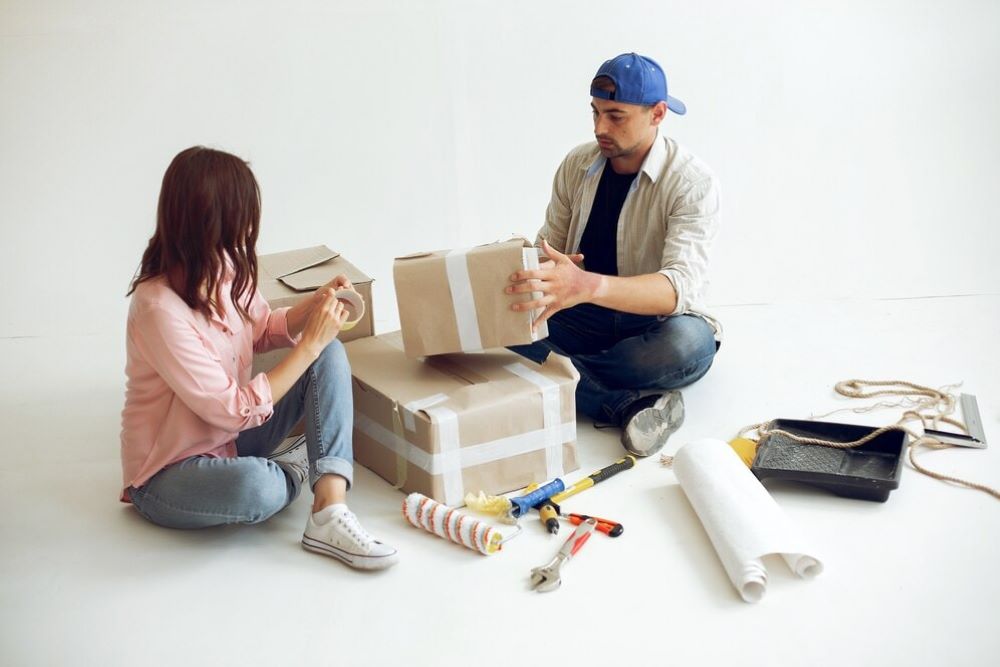
Enhance your moving experience with these extra tips:
- Keep Key Contacts Accessible: Store phone numbers of your moving company, truck rental, and any friends helping in your phone for quick access.
- Update Your Address Early: Notify the post office and other important contacts about your address change at least two weeks before moving. For more details on how to update your address, you can refer to Australia Post’s guidelines on address change notifications.
- Pack a Cleaning Kit: Include cleaning spray, rags, a broom, and trash bags for quick clean-ups at both the old and new places.
- Prepare for Weather: Check the forecast and have tarps or plastic sheets ready for rain, and plan accordingly for extreme temperatures.
- Maintain a Positive Attitude: Stay calm and flexible. Challenges are temporary, and a positive mindset can turn them into memorable stories.
These tips can help make your move smoother, turning a daunting task into a manageable one!
Final Key Takeaways
Before you close the last box and lock the door behind you, here’s a quick recap of the key things to remember:
- Start Early: Give yourself plenty of time so you’re not scrambling the week of your move.
- Declutter First: Only pack what you truly need and love – it’ll save time and space.
- Use What You Have: Towels, suitcases, and T-shirts can double as packing materials.
- Label Everything Clearly: Room name + quick content description = easier unpacking.
- Pack Fragile Items With Care: Wrap well, pad the box, and mark as fragile.
- Create an Essentials Box: Keep the things you’ll need on your first night close at hand.
- Ask for Help: Friends or professionals – don’t try to do it all alone.
- Stay Calm and Flexible: Things won’t always go to plan, but your attitude makes the difference.
Wrapping It All Up
I hope this friendly guide helps make your move easier and less stressful.
Remember, every box you tape shut brings you one step closer to a brand-new chapter.
With a clear plan, the right tools, and a bit of patience, packing for a move becomes much more manageable.
So stay flexible, take breaks, and celebrate the little wins along the way.
Whether you’re moving across the street or across the country, your smooth move starts with smart packing — and now, you’re ready.
Frequently Asked Questions
FAQ: Packing and Moving in 2025
Here are answers to some common moving questions to help ease your relocation process.
How far in advance should I start packing for a move?
Start packing 3-4 weeks before your move date. Begin with non-essential items like seasonal clothes and books. For larger homes, consider starting 6-8 weeks in advance. If you’re short on time, prioritize essentials.
What room is usually the hardest to pack?
The kitchen is often the toughest due to its many breakables and gadgets. Garages and storage sheds can also be challenging with their mix of heavy tools and miscellaneous items. Give yourself ample time and use plenty of padding.
When should I pack my essentials and day-to-day items?
Pack everyday essentials last, including toiletries, clothes, and work equipment. Keep these items in an “essentials box” for easy access on moving day and the first night in your new home, ensuring your own packing is well-organized.
What’s the best way to pack fragile items so they don’t break?
Wrap each fragile item individually with bubble wrap or packing paper. Use smaller boxes for heavy items and fill gaps with cushioning materials. Mark fragile boxes as “Fragile” and use original boxes for electronics when possible.
Is it worth it to hire professional movers or packers?
Hiring professionals can save time and stress, especially for large or complex moves. Here are a few tips: consider a mix of professional help and DIY packing to balance cost and convenience.
How can I make my relocation smoother for my family (kids, pets, etc.)?
Involve kids in packing by letting them decorate boxes. Keep routines stable and ensure favorite items are accessible. For pets, create a quiet space with familiar items on moving day to ease anxiety. For more detailed advice on moving with pets, you can check out these helpful tips from RSPCA Pet Insurance. Embrace the adventure together and remember, it’s a fresh start for everyone!
What is the best way to pack for moving?
Declutter first, pack room by room, and use sturdy boxes.
What should I pack first when moving house?
Start with non-essentials like décor and seasonal items.
How do I pack for movers efficiently?
Label boxes, keep heavy items in small boxes, and mark fragile items.
What are the best packing and moving tips?
Use suitcases for heavy items, tape cords to furniture, and pack an essentials box.

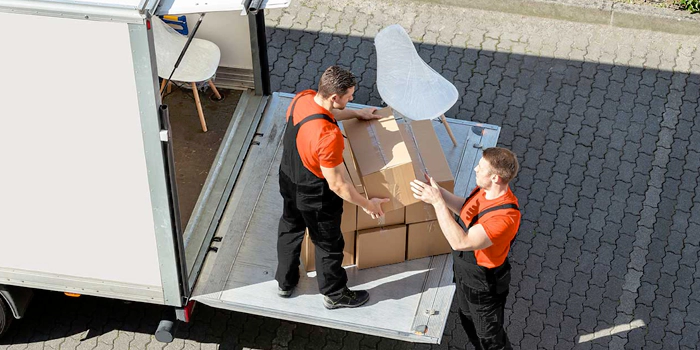
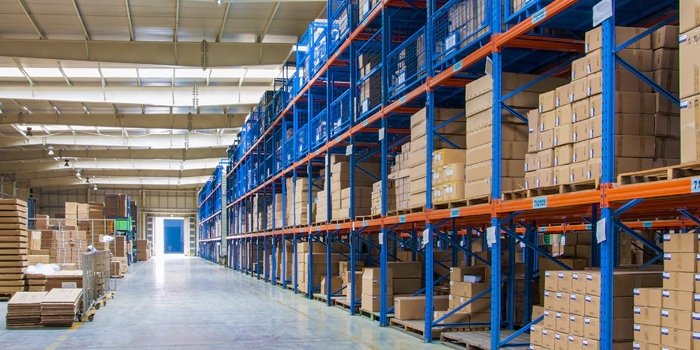

 Address
Address Phone
Phone Email
Email